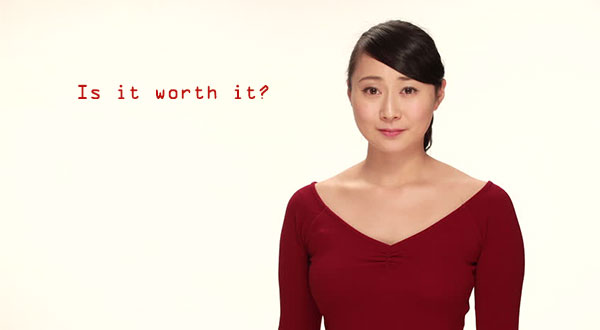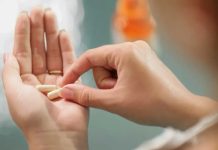Between the brisk cold and the holiday cheer, many of us get a little red in the face this time of year. But for some people of Asian descent, a New Year’s toast – or even a few beers after work – will trigger a bright red blush known as the “Asian flush,” which can also increase their risk of deadly esophageal cancer.
“When I drink, the skin in my face and even all the way down to my waist will start to turn red,” says Patrick McMahon, a 30-year-old education director from Seattle, who’s half-Japanese. “I think the blood vessels dilate and I get very flushed. It’s often mistaken for a sunburn.”
That response is typical for about a third of people from East Asian descent, says Philip J. Brooks, an investigator with the Division of Metabolism and Health Affects at the National Institute on Alcohol Abuse and Alcoholism.
“It happens predominantly in individuals of Japanese, Chinese or Korean descent,” he says. “People who have this will get a facial flush and a headache and will feel nauseous at the time they’re drinking. And it’s not just flushing. They’ll also get an increased heart rate. It’s a pretty unpleasant experience.”
What causes this reaction?
Brooks says it’s basically a genetic inability to properly metabolize alcohol (or ethanol) which, thanks to enzymes in the liver, is normally metabolized first into the toxic chemical acetaldehyde – an animal carcinogen that causes DNA damage and other cancer-promoting effects — and then into the harmless substance acetate. People with the flushing response have a genetic deficiency in the alcohol-metabolizing enzyme ALDH2, which can lead to an accumulation of the toxic substance acetaldehyde.
“Individuals with this particular genetic disposition can’t metabolize it to the acetate,” says Brooks. “So it builds up in their body and causes the vasodilation which causes the flushing response.”
In some people – those with two copies of the deficient gene — the symptoms are so severe they can’t tolerate alcohol at all. Those with only one copy of the gene often learn to live with the heart palpitations and the flushing, though.
And that’s where things get risky.
“People with this ALHD2 deficiency have a really high risk of getting esophageal cancer when they drink alcohol,” says Brooks, who wrote about the link between the Asian flush and esophageal cancer in a 2009 paper in PLoS Medicine, a journal published by the Public Library of Science. “Anyone who drinks is at risk, but the more you drink, the more your risk goes up. And when you’re ADLH2-deficient, your risk goes up much more dramatically.”
According to studies, a person with a single copy of the deficient gene who drinks just two beers a day is up to 10 times more likely to develop esophageal cancer than a person who’s able to metabolize the alcohol properly.
Unfortunately, while many people of Asian descent are familiar with the flush, Brooks says too few realize it’s not just an inconvenience, but a red flag for one of the deadliest cancers worldwide.
“It’s not just an issue that affects appearance, but an indication that they’re at increased risk of esophageal cancer if they drink heavily,” says Brooks. ”You have to think about the production of acetaldehyde throughout the body. We want people to discuss this with their doctor and be sure their doctor is aware of the data that’s out there.”
































